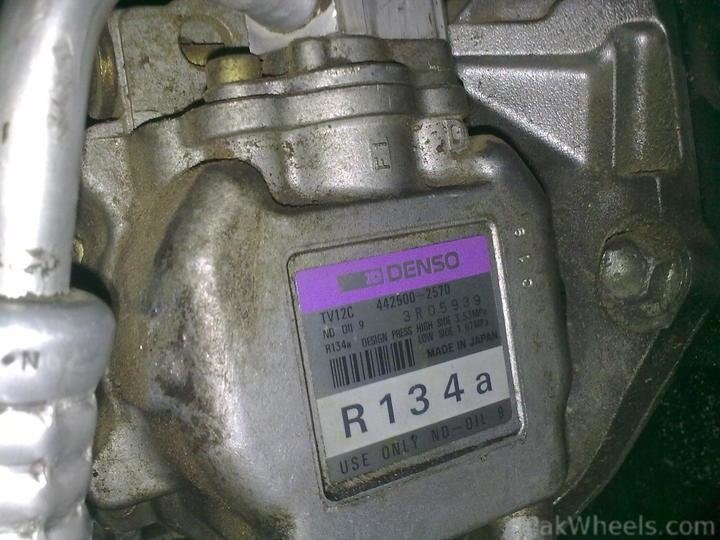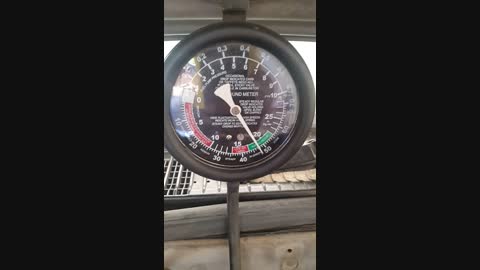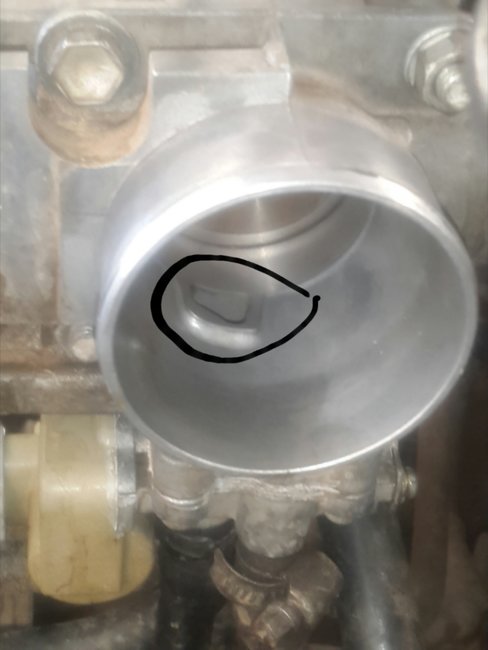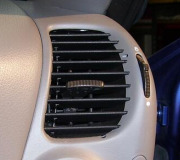The compressor cycles on and off to regulate the pressure in the low side of the system. There are some newer variable-displacement compressor designs that do run continuously so the passengers do not feel the minor thump each time it engages. Those regulate low-side pressure by pumping a higher volume of vapor when that pressure is high. When the pressure rises, the "wobble plate" tilts more so the pistons it is driving take longer strokes. That increases volume, and that draws the pressure back down. Cycling off momentarily and reducing displacement are done to improve fuel mileage too as well as regulate low-side pressure.
Most commonly the AC condenser fan will cycle on and off with the compressor. With systems that use a variable-displacement compressor, since the goal is to reduce noise and vibrations, the fan will usually cycle off when it is not needed.
The heater fan still run continuously at the speed you selected.
Automotive AC systems work the same way as do refrigerators and freezers, but they have a much different goal. Refrigerators just have a series of tubes that have cold refrigerant moving through them to make everything near it cold. No outside air needs to be drawn in. For automotive applications, it is the really huge volume of air that has to be cooled before it is blown out of the vents. Fresh air is constantly being drawn in, and it has to be cooled too. If you tried to cool all the incoming air with a refrigerator's system, there would not be enough cooling capacity to keep a can of soda cold. The system would not be able to extract enough heat out of the incoming air.
Cycling-clutch systems typically turn the compressor off for as much as five to fifteen seconds, then on until the low side reaches around forty pounds. That can take from a few seconds to a few minutes, depending on the "heat load". With a high heat load, meaning very high outside temperatures and/or when the fan is on the higher speeds, it takes longer for the refrigerant to become cool and for the pressure to go down. That means the compressor has to run longer.
When a significant percentage of the refrigerant has leaked out of the system, it does not take much to pull the low-side pressure down, so the compressor cycles off too quickly, then it does not take much heat, (air volume), to warm the refrigerant back up and raise the pressure, then the compressor cycles back on. The classic symptom of low charge is the compressor cycles rapidly, often turning on and off faster than once per second. As more and more refrigerant leaks out, the point will be reached when the compressor never turns on. That occurs when system pressure drops below roughly forty pounds. That is done so if all the refrigerant had leaked out, the low side cannot be pumped into a vacuum. That could allow air to be pulled in through the leak, along with the very harmful humidity in it.
Thursday, December 28th, 2017 AT 12:30 PM






